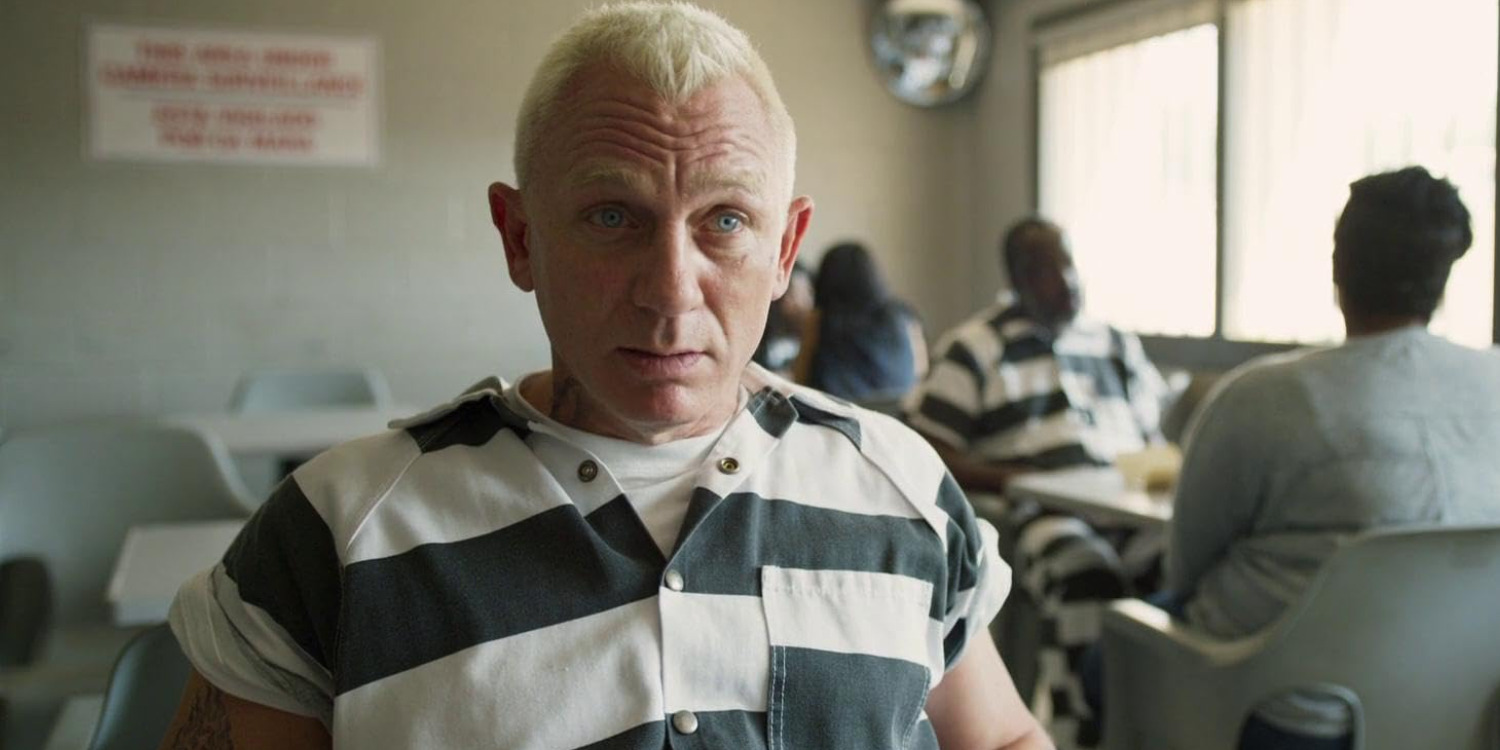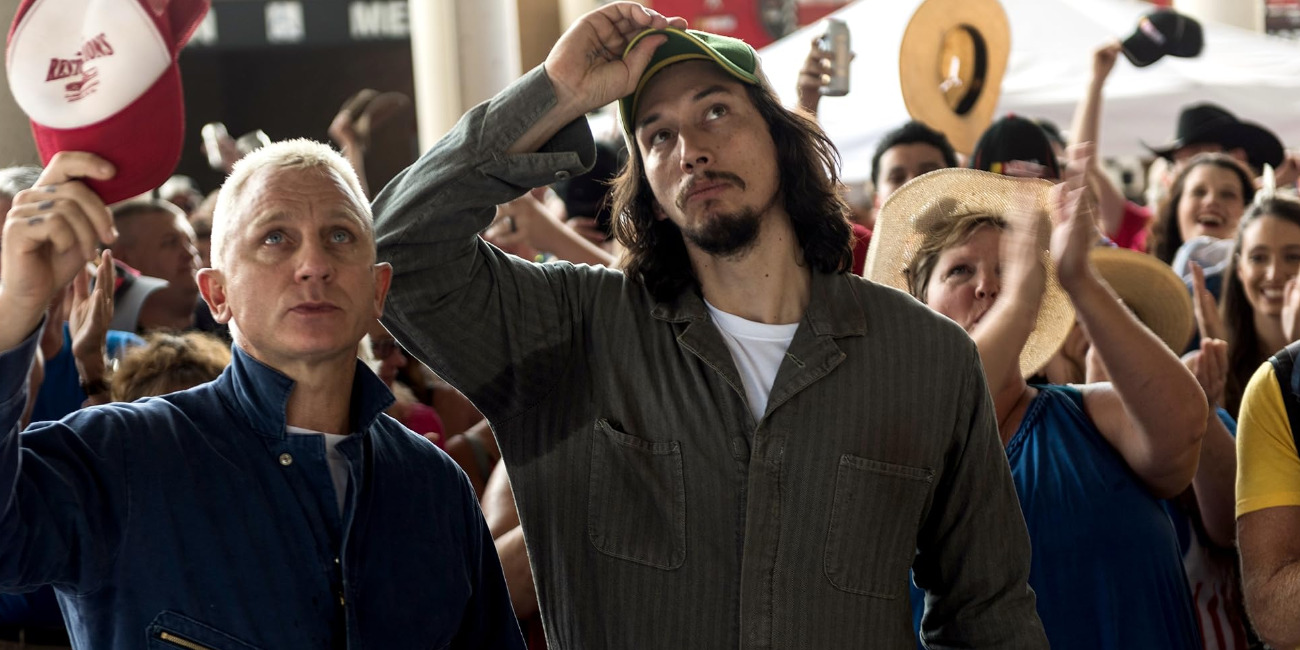Steven Soderbergh’s 2017 heist film, ‘Logan Lucky,’ populated with characters whose Southern roots pave the way for a particular brand of effortless humor, fittingly pulls off the story of a robbery at NASCAR. The narrative revolves around a trio of siblings, Jimmy, Clyde, and Millie Logan, who have long suffered a streak of bad luck. Therefore, in an effort to prove their family curse is nothing but a hoax, the siblings decide to get rich quickly by stealing from North Carolina’s Charlotte Motor Speedway.
Thus, recruiting Joe Bang, a safe cracker incarcerated for his past stunts, the Logans embark on their mission to steal from the Speedway as the tracks oversee the year’s biggest event, NASCAR’s Coca-Cola 600 race. The film’s elevated plotlines against its grounded characters make for the most seamless narrative about a chaotic heist. As such, given its relatively feasible storyline, one can’t help but grow intrigued about the Logans and their potential basis in reality.
Logan Lucky Draws Inspiration From Reality
‘Logan Lucky’ sports fascinating origins, but not for the reasons one might expect. Even though the film’s depiction of a NASCAR heist retains significant realism under Steven Soderbergh’s direction, the storyline itself has no connection to identical true events. Instead, the narrative remains almost entirely fictitious, with a screenplay penned by Rebecca Blunt. As per reports, the screenwriter found inspiration for the idea from a sinkhole that opened up infield at Charlotte Motor Speedway in 2010. Back then, officials evaluated the possible cause behind the sinkhole to be its location above a landfill, paired with recent heavy rainfall.

Nonetheless, the issue was taken care of shortly thereafter without any heist taking place underground. Even so, the heist-less reality of the sinkhole was enough to inspire Blunt to come up with the idea of a ragtag group of thieves, one complicated but thrilling pneumatic bank tubes network, and a heist to pull off against the backdrop of NASCAR. Therefore, the film finds a minute connection to reality through its employment of the Charlotte Motor Speedway sinkhole as a significant plot device. Nonetheless, outside of the same, none of the characters or their narratives have any relation to real life. For the same reason, the film remains largely fictitious.
The Mystery of Rebecca Blunt’s Identity
Due to a lack of real-life heists at the NASCAR, ‘Logan Lucky’ cements itself as a fictional story. Yet, another compelling aspect of the film’s origins emerges through screenwriter Rebecca Blunt. At the time of the film’s release—and for a few years afterward—a notable mystery surrounded the writer, who was believed to be using a pseudonym to hide their real identity. During the press tour, Blunt scarcely made an appearance, and only a few people involved in the project, like Soderbergh or actor Adam Driver, could confidently discuss the writer’s existence. Even though Soderbergh and others defended Blunt’s identity as a real screenwriter for some time amidst speculations, reality eventually came out.

As it turns out, Blunt is actually a pen name used by Jules Asner, for whom ‘Logan Lucky’ serves as a screenwriting debut. Asner, who is married to Soderbergh, decided to keep her identity a secret in relation to her connection with the film. Allegedly, her decision was driven by her unwillingness for the public to know that her husband was directing a film penned by her. It is possible the writer was apprehensive about the audience preemptively making assumptions about the film because of Asner’s relation to the director. For the same reason, she ended up opting for a pseudonym, choosing to drive all attention solely toward the film.
Logan Lucky’s Anti-Glamorous Heist Pulled Soderbergh in
Despite being a fictional tale, Logan Lucky excels at emulating a realistic narrative. This partly stems from the realistic research that went into the film’s depiction of pneumatic bank tubes and race tracks. Still, the grounded characters that drive the plot also play a crucial role. Notably, this attracted Steven Soderbergh toward the project, compelling him to break out of his former retirement. “On the most obvious level, it’s the complete inversion of an ‘Ocean’s’ movie,” Soderbergh shared in a conversation with Entertainment Weekly. “It’s an anti-glam version of an ‘Ocean’s’ movie. Nobody dresses nice. Nobody has nice stuff. They have no money. They have no technology.”

He added, “It’s all rubber band technology, and that’s what I thought was fun about it. It seemed familiar to me but different enough.” The film further expands upon its sense of realism even beyond its characters and their narratives by securing a realistic backdrop for its story. Since the movie unfolds in the middle of a NASCAR event, Soderbergh and his team knew they wanted to secure the real thing for their on-screen rendition. In a discussion about the same, he said, “We worked very hard to get NASCAR on board as a partner because we really felt that it was critical because if you couldn’t shoot at the real race and put your people there, then it just wouldn’t be compelling.” Thus, despite the fictional origins of the central heist, ‘Logan Lucky’ charts a story that retains a noteworthy sense of realism.
Read More: Logan Lucky Ending Explained


You must be logged in to post a comment.